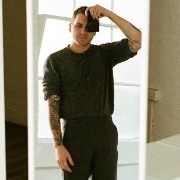-
Recently Browsing 0 members
- No registered users viewing this page.
-
Similar Content
-
- 22 replies
- 1,824 views
-
- 2 replies
- 882 views
-
- 9 replies
- 5,513 views
-
- 20 replies
- 3,011 views
-
- 2 replies
- 2,418 views
-





Recommended Posts